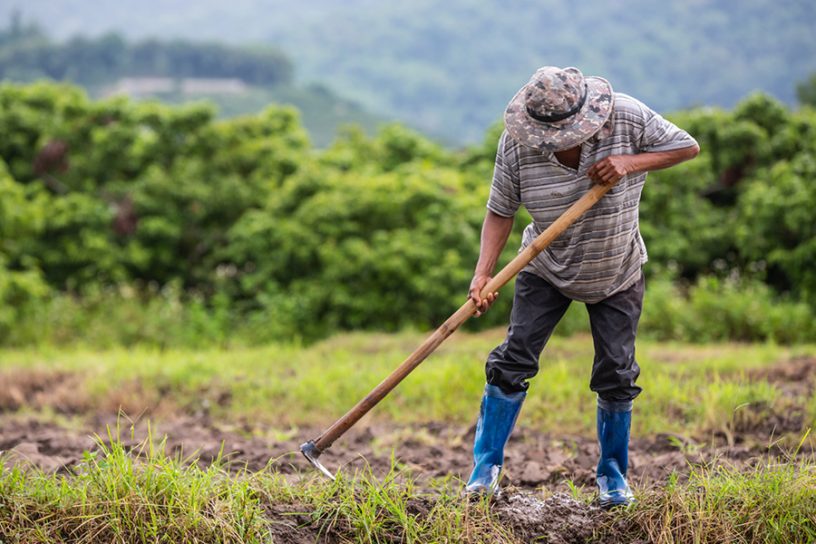
The researchers emphasize the need for a data revolution to support process-level research to be able to devise more informed and targeted land degradation and desertification control–abatement strategies, which is currently largely absent.
Authors
Sriroop Chaudhuri, Co-Director, Center for Environment, Sustainability and Human Development (CESH), Jindal School of Liberal Arts and Humanities, O.P. Jindal Global University, Sonipat, Haryana, India.
Mimi Roy, Professor, Jindal School of Liberal Arts and Humanities, O.P. Jindal Global University, Sonipat, Haryana, India.
Louis M. McDonald, Division of Plant and Soil Sciences, West Virginia University, Morgantown, WV 26505, USA.
Yves Emendack, Cropping Systems Research Laboratory, USDA-ARS, Lubbock, TX 79415, USA.
Summary
Land degradation and desertification (LDD) has gained worldwide policy attention due to decline in land quality and the resultant economic burden accrued upon a vast population reliant on land-based natural capital. In India, the impacts are becoming apparent as 24 out of 29 states have been experiencing LDD since the early 2000s. Here, we adopt a mixed-method approach combining hierarchical cluster analysis (HCA) and multilinear regression analysis (MLRA) with contextual assessments to draw on, using state-level information from 2011–2013, an age-old question: do farming operations aggravate LDD?
The HCA identified 11 states that currently lead the trajectory with the highest state-wise percentages of LDD areas under ‘water erosion’, ‘salinity’, and ‘water logging’, which are the three most widely reported impacts of farming practices on land systems’ sustainability as apparent in the relevant LDD literature.
MLRA of the 11-state cluster revealed that state-wise NPK fertilizer-application rates (p < 0.01); number of moldboard ploughs (p < 0.01); net irrigated area (p < 0.01); groundwater-sourced irrigation (p < 0.05); and multiple cropping practices (p < 0.01) exacerbate LDD, while bio-pesticides (p < 0.05) and zero-till drills (p < 0.01) do the opposite. In recent years, the government has introduced several improved measures, such as nutrient-based subsidies (NBS) and integrated nutrient management (INM), to help farmers optimize agrochemical applications, thus moving from traditional practices (input intensive) to a more land-conservation-centric approach.
However, at the cognitive level, farmers are unsure/unaware of the benefits. Moreover, due to various institutional weaknesses, lack of sensitization, extension services, capacity building, incentives, and certain inherent flaws in these newer strategies, their uptake remains low, while traditional practices continue at the grassroots. We attempt to broaden the regulatory purview by reflecting on the DPSIR framework (Driver–Pressure–State–Impact–Response), highlighting the role of indirect drivers of LDD that largely influence farmers’ preferences for certain practices. In the final section, we emphasize the need for a data revolution to support process-level research to be able to devise more informed and targeted LDD control–abatement strategies, which is currently largely absent.
Published in: Sustainability
To read the full article, please click here.


